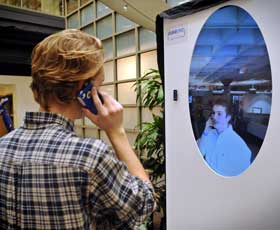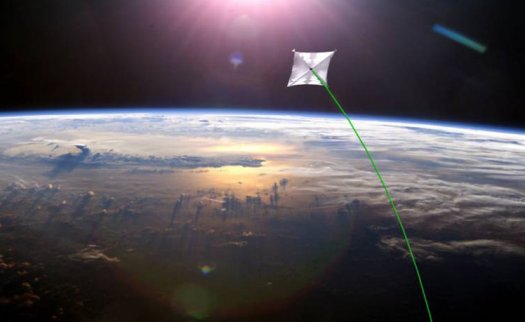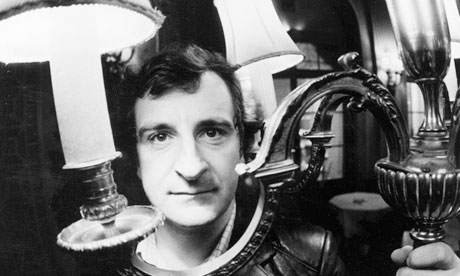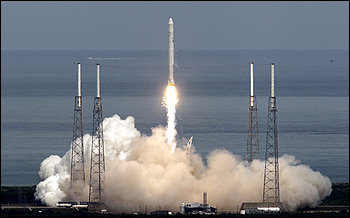
Aperture Science.

Haunting the Web Since 1999


Popular Science previews the flight of NASA’s Sunjammer, set for launch in 2014. “The destination for Sunjammer is the Earth-Sun Lagrange Point 1, a gravitationally stable spot way out there between us and our nearest star…Sunjammer will be carrying the cremated remains of various individuals, including Star Trek creator Gene Roddenberry and his wife Majel Barrett Roddenberry.”



1) everything that’s already in the world when you’re born is just normal;
2) anything that gets invented between then and before you turn thirty is incredibly exciting and creative and with any luck you can make a career out of it;
3) anything that gets invented after you’re thirty is against the natural order of things and the beginning of the end of civilisation as we know it until it’s been around for about ten years when it gradually turns out to be alright really.
“In remembrance of Douglas Adams, ten years after his untimely passing: His 1999 essay, “How to Stop Worrying and Learn to Love the Internet” (although I think he too would have despised the term “webinar.”) If only he lived to see the actual, honest-to-goodness Hitchhiker’s Guides! (Pic via here, which also tells the story of Adams’ lost Doctor Who episodes.)

In Slate, sci-fi author and technophile Neal Stephenson discourses on what rockets tell us about innovation and the course of technology over time. “The phenomena of path dependence and lock-in can be illustrated with many examples, but one of the most vivid is the gear we use to launch things into space.“

Congratulations to Space X on their successful Falcon-9 launch last Friday. “After Friday’s successful test launch — unusual for a maiden voyage — SpaceX plans to send a fully operational rocket and capsule into orbit this summer, and one to the ISS next year.”
With a word of warning from The Prospect‘s Paul Waldman, Popular Science takes a gander at Boston Dynamics’ LittleDog. “LittleDog doesn’t just traverse the terrain; it learns as it goes, noting what works and what doesn’t and incorporating that knowledge into its foothold scoring system.“

In Britain’s New Statesman, John Naish looks at the national security and job implications of our falling behind on green tech. “The more the military thinks about green technology, the more it sees how it goes hand in hand with improving operational effectiveness…Afghanistan is the principal driver for Nato nations. Resupply convoys can be eight miles long and they in effect say: ‘Please hit me with a roadside bomb.’ Up to 60 per cent of the convoys carry fuel and water. If you reduce that need for supply, you save lives.”
See also the “clean energy is a national security issue” argument made by Operation FREE (mainly in terms of Iran and its $100 million a day in oil profits): “‘There’s no greater threat to our national security than our dependence on oil.’ Marine veteran and Operation Free member Matt Victoriano told Kerry.‘” To be honest, I could really do without the implicit saber-rattling involved with some of this argument. But let’s face it, that’s how we got a space program.